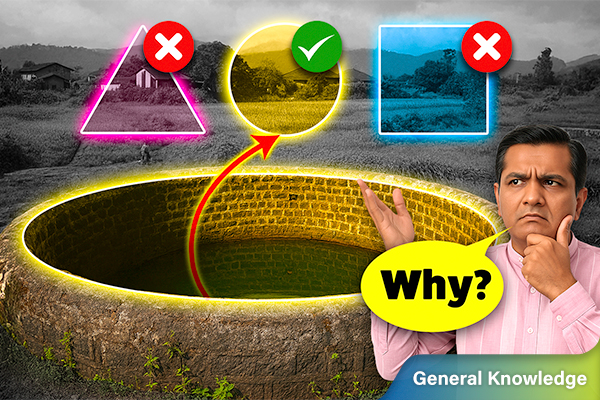How is Paper Really Made?
Paper is still made from trees, but with better and safer methods. Today, many papers come from recycled materials and crop waste.
In today’s digital world, we often use phones, laptops and tablets. But paper is still a part of our daily lives. We use it to learn, work, write letters, draw pictures and even dream.
But have you ever stopped to think where does paper come from? Is it still made from trees? And is it harming our planet?
Let’s explore this simple journey and how the paper industry is trying to protect nature while meeting our needs.
Most paper is still made from wood pulp, which comes from trees. But that doesn’t mean forests are being destroyed. Today, paper is made in smarter, more responsible ways. Many paper companies grow special forests just for making paper. They cut trees only after planting new ones. This helps keep the balance in nature.
Some paper is also made from other eco-friendly materials like:
- Recycled paper (used paper turned into new paper)
- Sugarcane waste (leftovers after making sugar)
- Bamboo and hemp (plants that grow quickly)
- Agricultural waste (stalks and leaves from crops)
So, even though paper comes from trees, it can be made in a way that cares for the Earth.
Let’s break down how a tree becomes the notebook on your desk.
First, trees are cut down from managed forests. Their bark is removed and the wood is cut into small chips. These chips are then turned into pulp, either by crushing them with machines (which makes soft paper) or using chemicals (for stronger paper).
Next, the pulp is washed to remove dirt. If white paper is needed, it’s safely bleached. The clean pulp is poured onto large flat screens and water is drained out. This forms thin sheets. These sheets are pressed flat and dried. Finally, they are rolled, cut or coated to make different kinds of paper.
And just like that, a tree becomes paper you can write on, draw with or print at work.
It might feel like trees are being cut daily but that’s not the full story. Today, most paper companies follow responsible forest practices. They:
- Plant more trees than they cut
- Use recycled paper
- Follow forest protection laws
- Use the same forest land again and again
Also, because more people are using digital tools like eBooks, online notes and digital forms, paper use is slowly decreasing.
Not all paper is the same. You see many types every day, such as:
- Newspaper paper, which is light and cheap
- Printer paper (also called bond paper), which is smooth and strong
- Cardstock for greeting cards and crafts
- Kraft paper used for brown bags and boxes
- Glossy paper for magazines and posters
- Recycled paper, which is great for the planet
- Tissue paper for daily hygiene
- Handmade paper used for gifts and art
Each type of paper has its own story and use.
Paper industries are switching to recycled materials, avoiding harmful chemicals like chlorine and even making paper without any wood. Technology is also helping reduce the need for paper as more things go digital.
You can help too. Use paper wisely. Reuse it. Recycle it. Choose paper with eco-friendly labels. Every small step makes a big difference.







